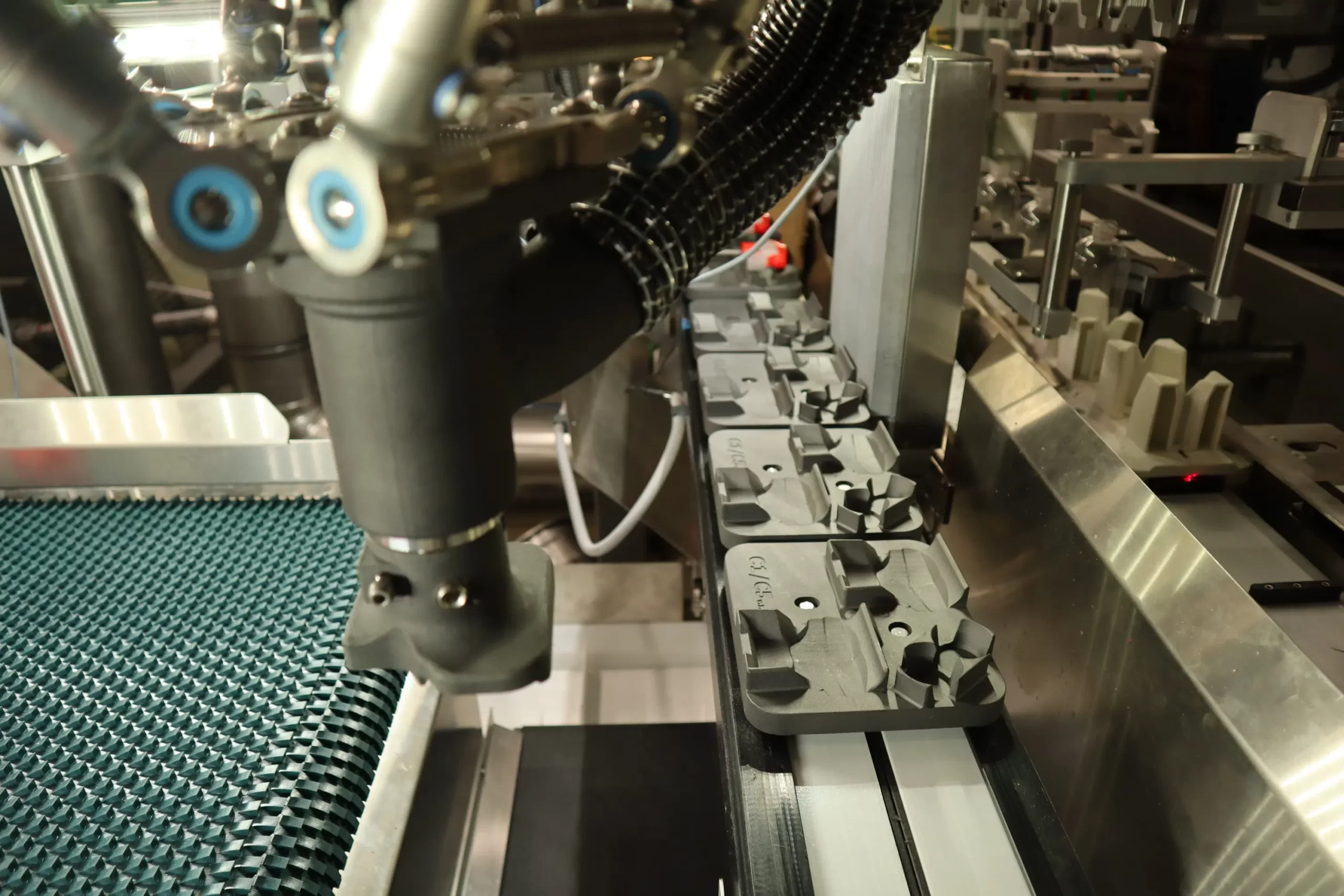“The parts that we need can’t be printed in 3D”
“3D printing will not work for us. It doesn’t meet our requirements”
“It would be too expensive in 3D”
We hear these kinds of responses almost every day, and in almost every situation, they turn out to be incorrect. 3D printing meets the requirements, and it may also help reduce costs.
In this article, we will play the role of Mythbusters and explain some of the most frequently repeated, false theories and beliefs about 3D printing.
Where do the biggest myths about 3D printing come from?
They say there is a grain of truth in every myth, and it is no different in the case of many of the myths we will describe today. Moreover, some of them could be considered completely true until recently. This situation results from technological development.
Modern 3D printers are significantly different from their predecessors from 10-20 years ago. They are more precise, more effective, and, above all, have greater production capacity. Due to this advancement, 3D printing technologies such as HP Multi Jet Fusion now have many more applications than older FDM models. They allow, for example, the printing of various types of spare parts for production processes, housings for electronic devices, and even specialized prostheses.
So, let’s move on to the myths and try to explain once and for all where they come from and why they are wrong.
1. “3D printing is only suitable for prototyping”
This myth is a prime example of how deeply outdated FDM technology has become entrenched among entrepreneurs and specialists. Indeed, popular FDM desktop printers are not suitable for producing larger numbers of components. Elements printed in this way often have imperfections resulting from the method of applying and sintering the material. The main purpose of this type of printer was prototyping and testing solutions or possibly printing individual spare parts or elements of larger devices.
Modern printers, such as HP Multi Jet Fusion, do not have this types of restrictions. The size of these devices is greater than the printers mentioned above. They have higher processing capacities and can print elements with greater precision and aesthetics. So, to answer briefly, modern 3D printing definitely has more applications than just prototyping.
2. “3D printed elements have lower quality/durability/accuracy”
We often encounter this argument but always ask, “Compared to what technology?”
When it comes to injection technology, we can agree with this. Injection allows for the greatest precision and quality in producing plastic elements. Still, in the case of short-scale production, it is a very expensive solution. An injection mold can cost more than $100,000, and it can take even a couple of months to manufacture.
In the case of other technologies, we have not found that 3D printing is inferior in quality or precision of parts. Most importantly, our customers did not pay attention to it.Working with our clients, we have successfully introduced MJF 3D printing to companies many times as a replacement technology for CNC cutting and even other additive technologies (SLS, FDM).
3. “3D printing is not suitable for producing larger series because it is too slow”
Number 3 on the list is another myth that has perpetuated itself thanks to its common use for of FDM printers. These devices indeed work very slowly, but due to their purpose, speed was never a priority. It is obvious that this technology could not be used in the production of larger series, but this does not mean that other 3D printing technologies can’t, as best evidenced by our cooperation with companies such as Colgate Palmolive.
4. “It will be too expensive for us to 3D print these items!”
This belief may be due to the cost of 3D printing using outdated technologies, but current printers are becoming more and more effective, generate less and less material waste, and therefore the components are becoming cheaper.
5. “You can’t 3D print large items”
When discussing this myth, defining what “large element” means would be appropriate. However, the fact is that even these modern technologies have limitations when it comes to the size of printed objects.
In the case of MJF technology, the maximum part sizes can claim up to approximately 400 mm along the longest axis.
6. 3D printing is not suitable for producing elements of finished products (e.g., housings)
The imperfections of older technologies meant that 3D-printed elements left much to be desired aesthetically. There may have been stains, defects, and traces when connecting the filament. Previous generations of 3D printing could not actually be used to produce housings.
Newer technologies have solved these problems. The principle of operation of printers is entirely different. HP MJF uses a powder that is then chemically hardened. Currently, printing housings for electronic devices is one of our primary services.
7. 3D printed elements cannot be used in my industry (e.g. due to conditions or use – water/food)
Due to the material used in 3D printing, there are indeed some limitations regarding potential applications. However, there are fewer of them than some people think. For example, our customers have used 3D-printed parts in saltwater environments (surfboards) and in food production.
Do you know any other myths about 3D printing?
That’s it for us, but if you have any doubts or questions related to the use of 3D printing in your company, we will be happy to answer them.
Send us a message and let’s talk about how 3D printing can help you complete your projects and reduce costs.


